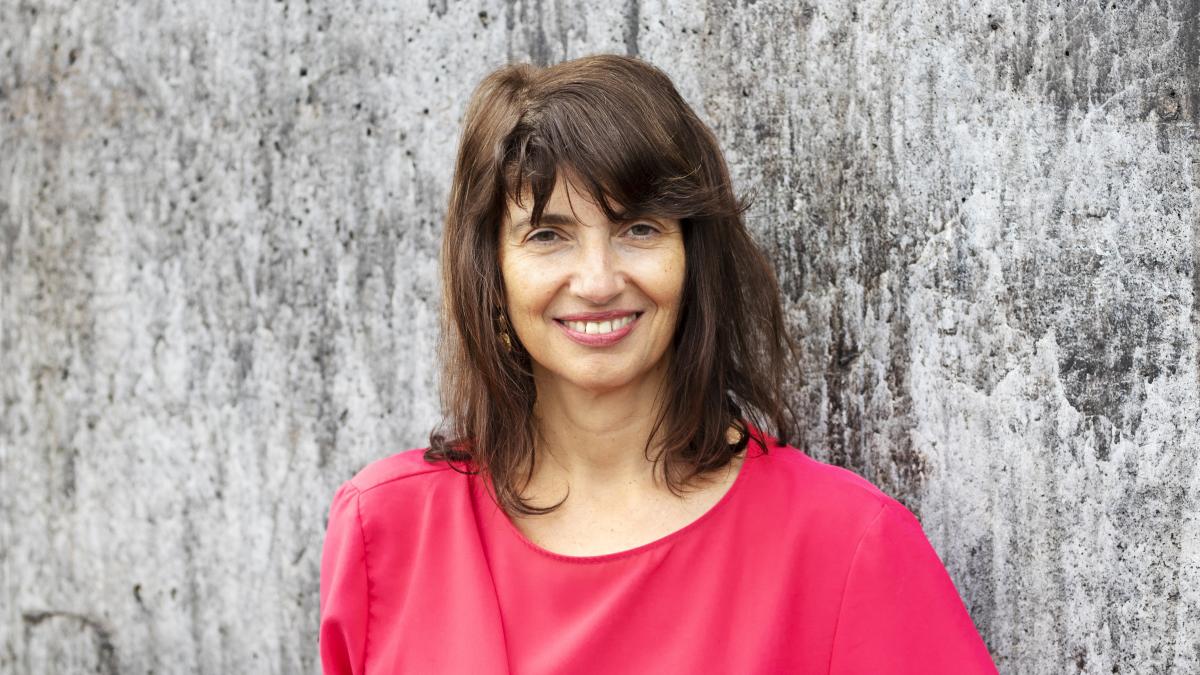Meet our doctoral student: Paola Livorsi
Paola Livorsi is completing her doctoral studies at the Sibelius Academy. One of her doctoral degree’s artistic projects, opera called Medusa, will be premiered in Helsinki on 18 August.

How would you describe yourself as an artist-researcher and what is artistic research to you?
I believe in an approach where art and research develop on the same plan, where they can mutually influence each other’s trajectories. Doing artistic research, the challenge is to be able to go all the time back and forth between artistic doing and research doing. It needs practice but it is interesting, it helps to broaden one’s views and to keep the reflection always present. I think the two fields’ mutual feedback is the most interesting outcome.
Tell us about your doctoral project and its aims
My doctoral project is about the deep, intimate connection between human voice and instrumental sound, especially for what concerns string instruments. One of my aims is to bring more attention to the multiple connections between voice and instrument. This regards also questions of the musician’s identity and identity at large: as Arendt wrote, let’s look at ‘who’ we are, rather than at ‘what’ we are. We forget it too often.
Medusa is a new opera that is a part of your artistic doctoral project. It will be premiered in Helsingin Oopperakesä in August 2022. How would you describe this piece?
Medusa is a multidisciplinary work combining music, visual art, and dance. Key themes are the artists’ narcissism as both a creative and destructive force, and the artists’ quest for identity, through the figures of Caravaggio and Gesualdo. The myth of Medusa is like a lens to look at all this from a feminine point of view. Medusa represents the courage to be a woman, to show archaic parts without censorships. In Medusa, I examined ways to show the connections between the soprano coloratura and the cello – to me the cello like another sounding body, along the singer’s body. Together with Piia Komsi I also researched ways to extend the singing voice, exploring the space in between and beyond speech and song. With the Medusa working group we had a sort of laboratory to develop ideas, gestures and sounds together. The collaboration with Sara Orava has been very important in the process. Besides the paintings that are on stage, the two of us collaborated on the libretto, and she is also the stage director.
How would you describe Uniarts Helsinki as an environment for doing artistic research?
Uniarts Helsinki is a very good place to do artistic research! We have great facilities, a lot of knowledge and a good environment where to learn and exchange. I was especially happy to work side by side with musicians from other fields – it gave me a lot of new impulses.